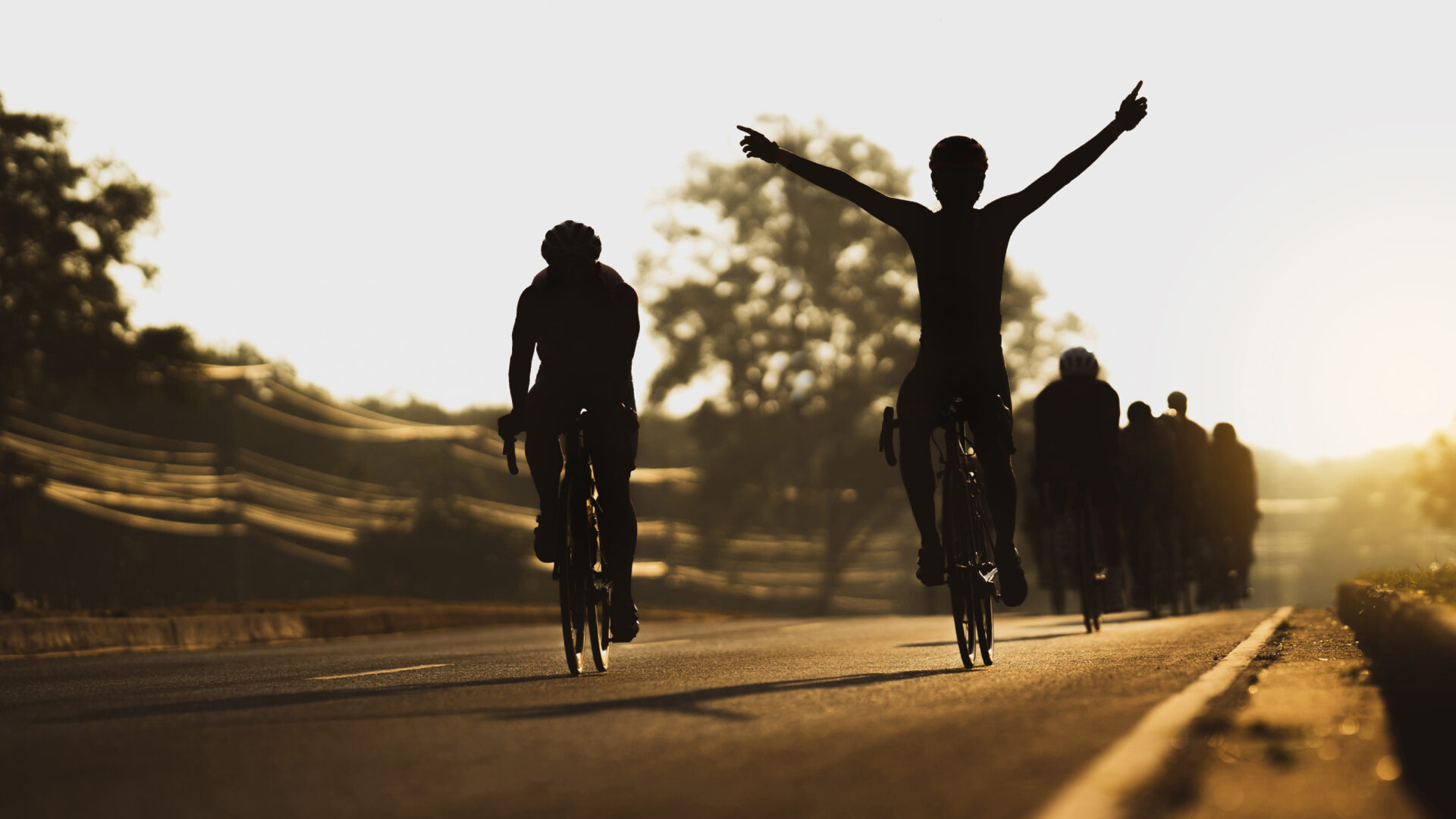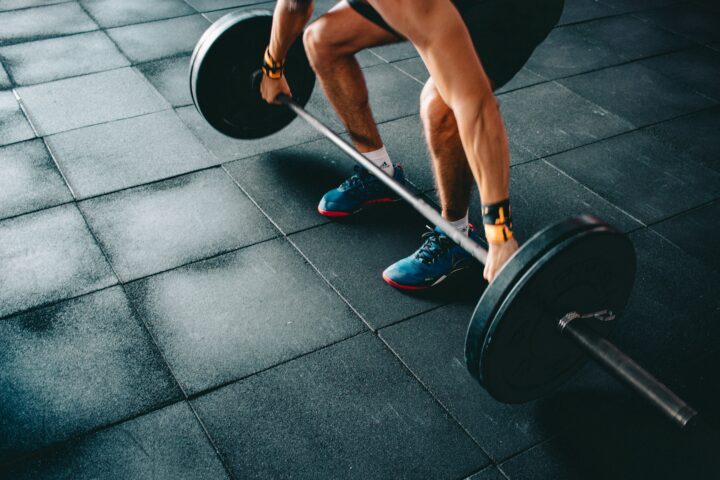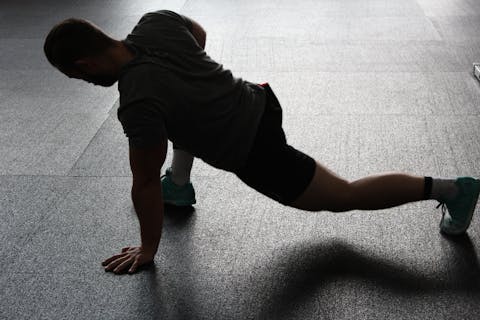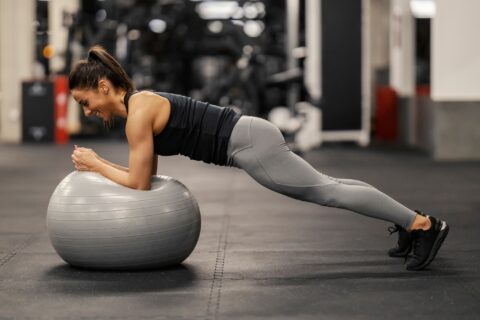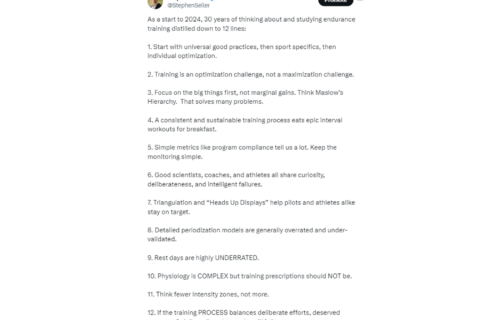Recovery is at the heart of training adaptation. Without rest the body can’t rebuild and get stronger. This is why recovery is fundamental to how I coach and a focal point for my athletes.
Recovery is at the heart of training adaptation. Without rest the body can’t rebuild and get stronger. This is why recovery is fundamental to how I coach and a focal point for my athletes.
